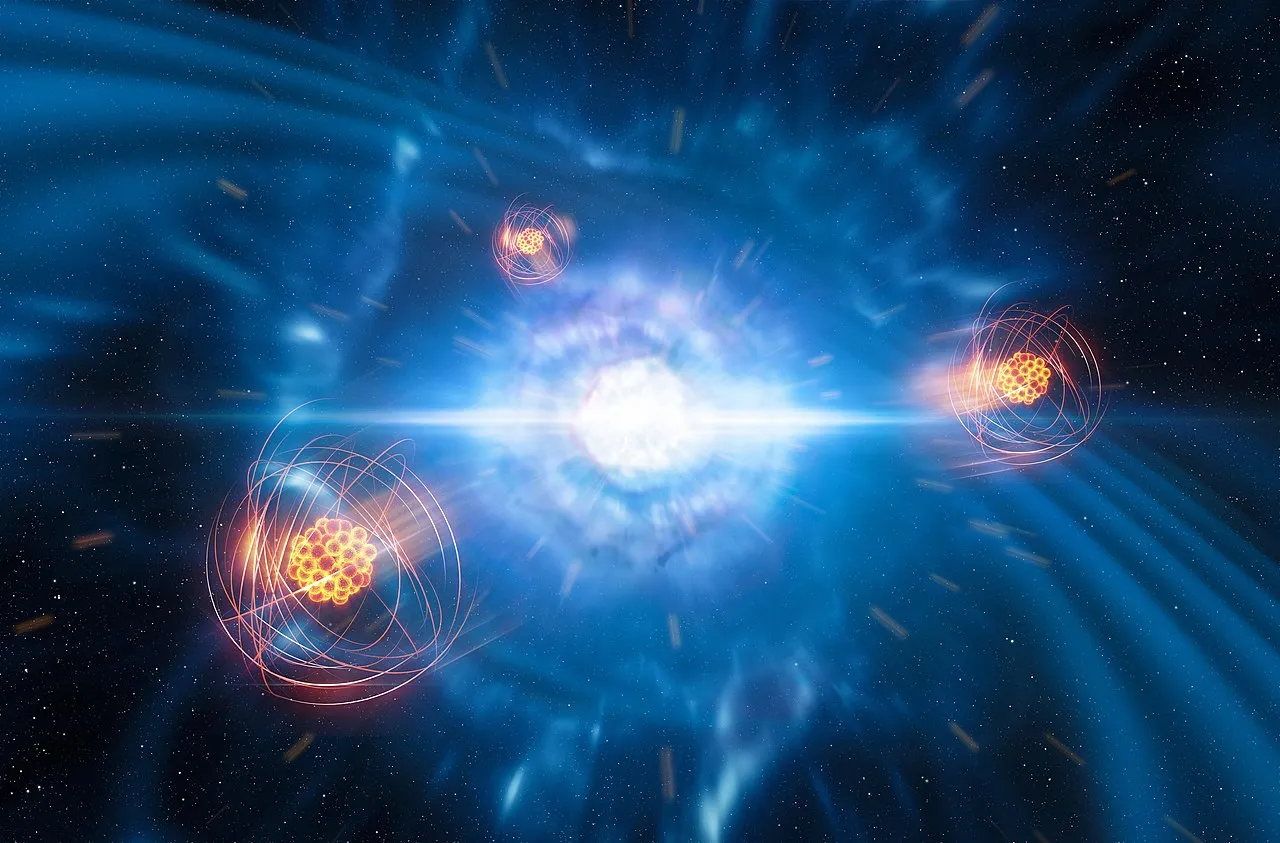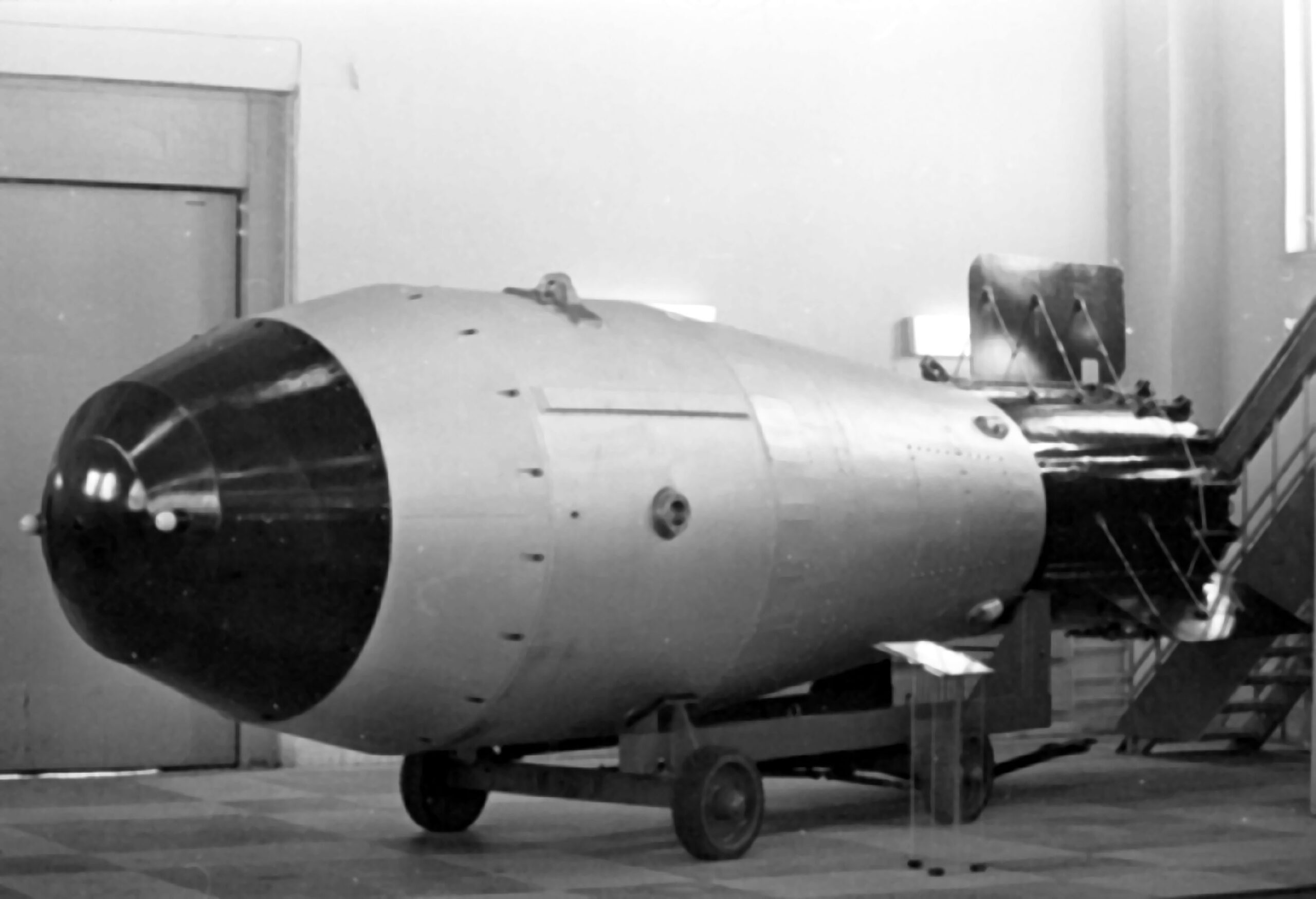Quantum transitions play a crucial role in how our universe operates at the tiny scale of atoms and molecules. Atoms, made up of protons, neutrons, and electrons, follow the rules of quantum mechanics to arrange themselves and function in various ways.

The most prevalent atom in the universe is hydrogen, composed of one proton and one electron. When hydrogen atoms move to lower energy levels, they emit different types of radiation, such as infrared, visible, and ultraviolet light. There’s a unique transition in hydrogen that produces light with a specific wavelength of 21 cm, contributing to the cosmic mysteries among the stars.
In understanding these phenomena, two quantum processes come into play: continuous and discrete. The continuous process generates light with wavelengths akin to those emitted by the sun, and analyzing different light wavelengths helps comprehend these processes.
In the first energy level, two electrons can be accommodated. The second level comprises 2s and 2p orbitals, capable of holding a total of eight electrons. Even within the same energy level, there exist energy variations between different types of orbitals.
When protons and electrons align during hydrogen transitions, a photon with a wavelength of 21 cm is emitted. However, this transformation takes a considerable amount of time, making it challenging to detect this signal in hydrogen gas clouds. The intricacies of quantum processes in these atomic transitions contribute to the enigmatic nature of the universe.

